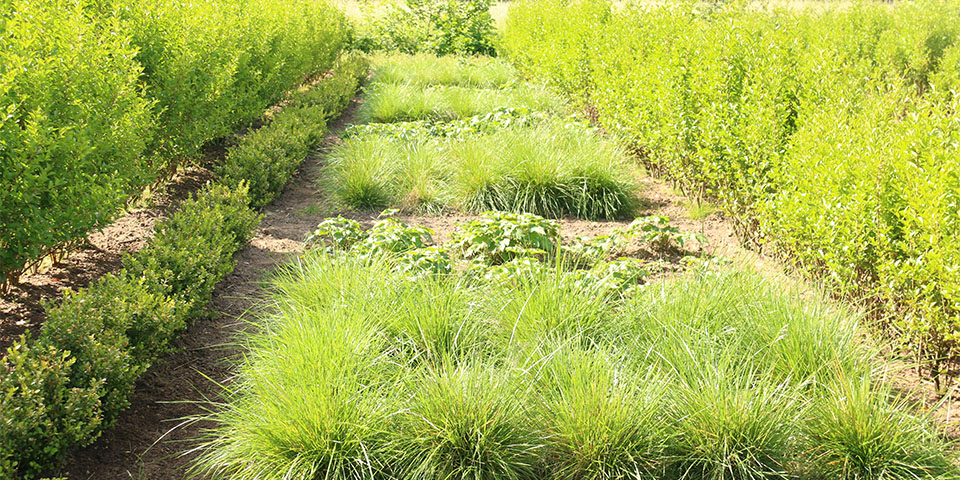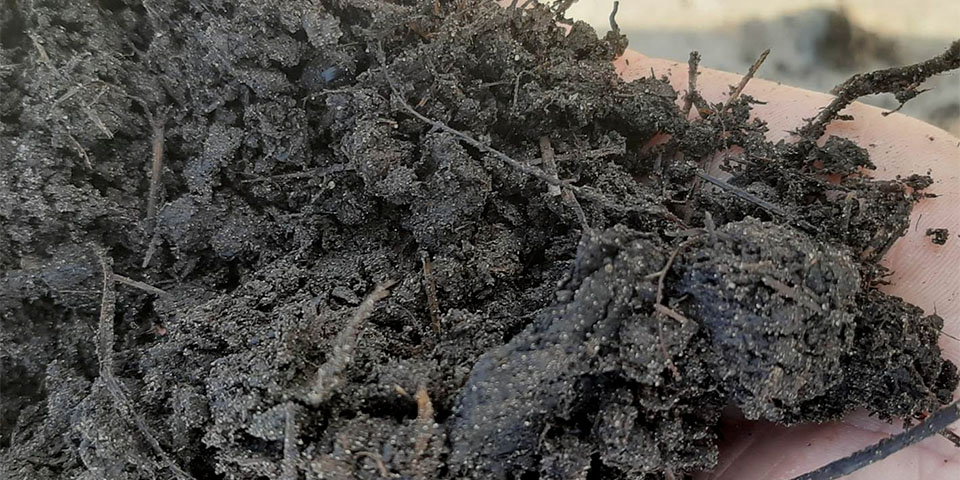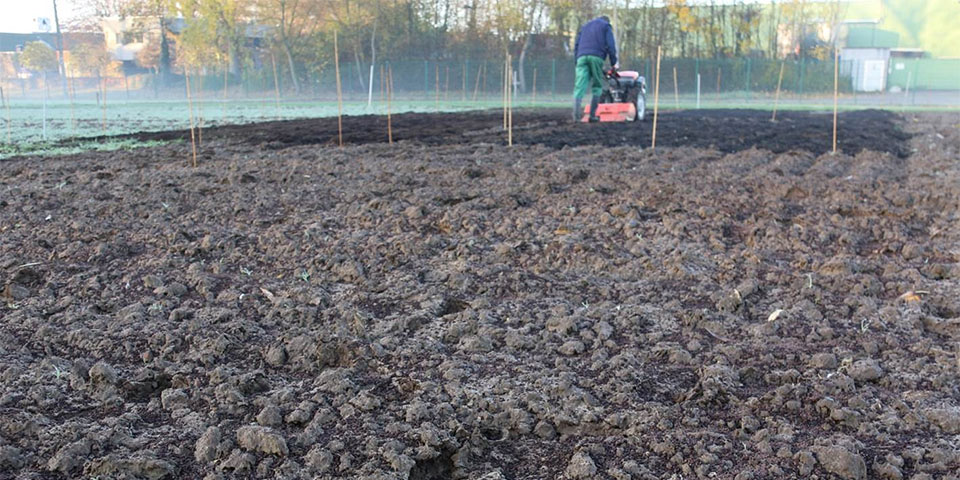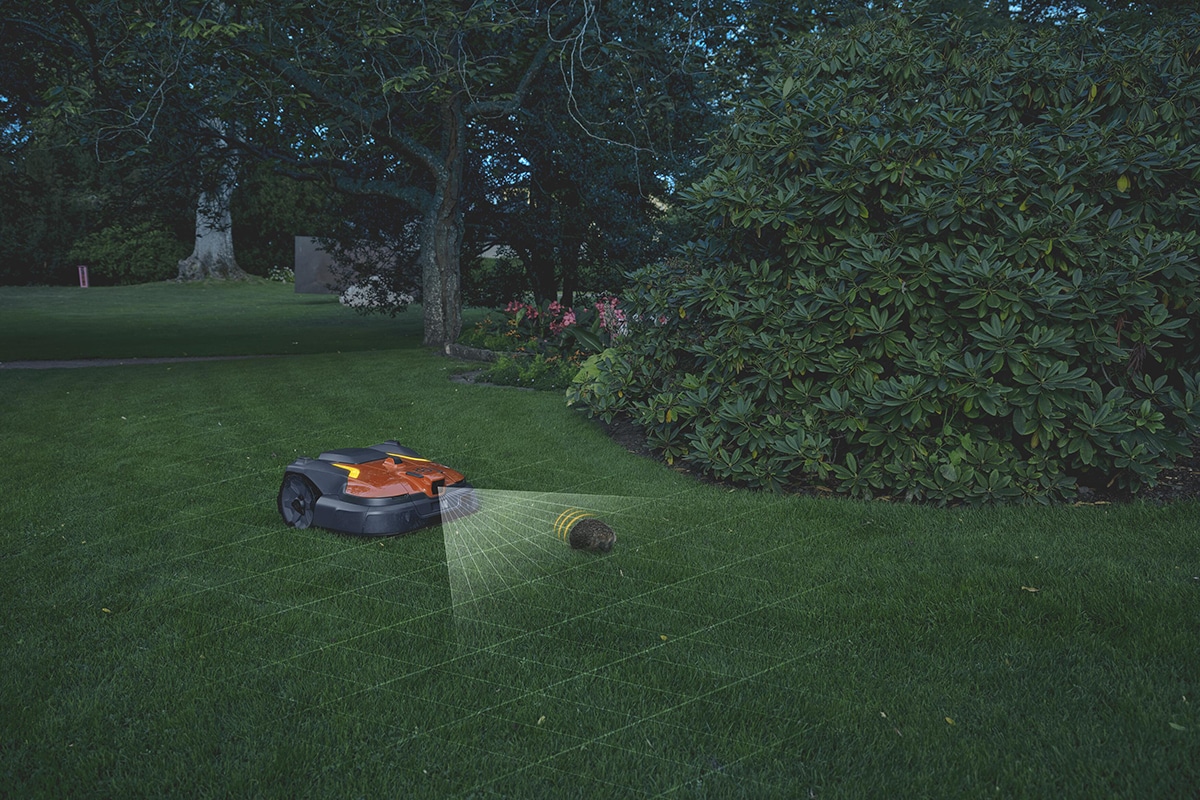
Stimulate plant growth with organic soil improvers
Research by Ornamental Horticulture Research Center
PCS, the Ornamental Horticulture Research Center, conducts practical research on a regular basis at the request of the ornamental plant and green space sector. In this way it aims to pass on as much scientific information as possible to growers and landscapers and to establish a link between science and practice. Recently, it set up a study on soil-improving agents. The study was initiated in 2018. Various soil improvers were compared to green compost and a zero treatment.
Abundance of commercial soil improvers
Soil conditioners are widely available on the market in different brands and formulations. This variety of products and claims creates ambiguity in the green industry. Hence, the study considered their real, demonstrable added value over green compost, or no addition of a soil improver. The study also examined the effect of earthworm compost, as this type of compost seems promising toward microbial life.

Soil structure with soil conditioner.
Importance of good soil preparation
Soil quality is important for the establishment and continued quality of the planting. Indeed, good soil fertility reduces the planting's dependence on watering and fertilization, especially during stress periods such as prolonged drought.
The chemical, physical and biological soil properties interact with each other and must be optimized to achieve good soil fertility. For example, all soil organisms in the soil food web (= biological properties) need food (= chemical properties), space, water, oxygen and rest (= physical properties) to survive. Limiting plant protection products and soil tillage can contribute significantly to this, in addition to the supply of organic matter.
The most important differences between all products are in the percentage of organic matter and the presence or absence of different groups of microorganisms. Here we examined whether products that add both organic matter and microorganisms to the soil have an added value compared to products that only add organic matter for microbial life, plant growth, weed pressure and nutrient release. The cost of the different products was also considered in each case.
Impact on soil fertility
In the meantime, the addition of a high dose of carbon caused an increase in microorganisms to process this carbon into stable organic matter and nutrients. However, these microorganisms themselves need nitrogen to grow. If this is not sufficiently present in the soil, the microbial biomass will naturally decrease over time. Also, the study found that soil conditioners containing fungi also effectively found more fungi in the soil after one year.

Incorporation of soil conditioner.
Impact on plant growth
Measurements clearly showed that the plants had less chlorophyll and more stress hormone at the low fertilizer dose compared to the high fertilizer dose. This effect was greatest with the soil conditioners having higher stable organic matter content and also translated into growth differences. This clearly shows that adding a large amount of carbon to the soil removes nutrients that can no longer be used by the plants. Appropriate fertilization can then avoid reduced growth and plant quality.
Conclusions of research
The application of organic soil improvers in landscaping has many advantages: the input of organic matter improves physical soil structure and provides food for microbial life. However, the results of several trials at Department of Green at the PCS clearly show that during the first year, a negative impact of soil improvers on both plant growth and quality and soil life can potentially occur.
In previous trials on nursery crops, this effect had disappeared by the second year. Appropriate organic fertilization can compensate for this and thus avoid potential problems in stress situations such as prolonged drought. The long-term effect on soil life and plant growth will be monitored in subsequent years.
This research was supervised by Sandy Adriaenssens of PCS and realized with the support of the Flemish Government's Environment Department. The detailed results of the study, with the comparison between different brands and products, can be requested via sandy.adriaenssens@pcsierteelt.be
Research at PCS is done with support from the Flemish Government, the Agency for Innovation & Enterprise, the European Union, the Province of East Flanders, Boerenbond and AVBS, the ornamental plant and greenery federation.



